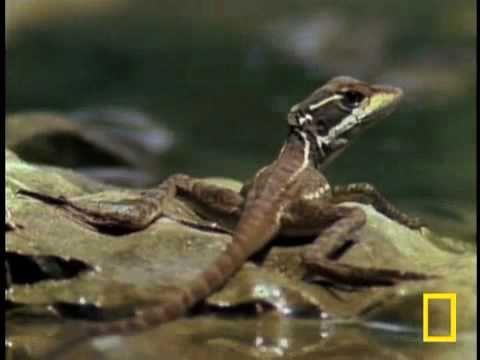-
Tips for becoming a good boxer - November 6, 2020
-
7 expert tips for making your hens night a memorable one - November 6, 2020
-
5 reasons to host your Christmas party on a cruise boat - November 6, 2020
-
What to do when you’re charged with a crime - November 6, 2020
-
Should you get one or multiple dogs? Here’s all you need to know - November 3, 2020
-
A Guide: How to Build Your Very Own Magic Mirror - February 14, 2019
-
Our Top Inspirational Baseball Stars - November 24, 2018
-
Five Tech Tools That Will Help You Turn Your Blog into a Business - November 24, 2018
-
How to Indulge on Vacation without Expanding Your Waist - November 9, 2018
-
5 Strategies for Businesses to Appeal to Today’s Increasingly Mobile-Crazed Customers - November 9, 2018
‘Jesus Lizard’ Discovered: 48 Million Year Old Fossil Reveals Evolution of
Scientists have recently identified a 48-million-year-old fossil of an ancient relative of the Jesus Lizard, that is most commonly known for the fact that it can walk on water using its hind legs. The reptile was, thus, nicknamed because its body shape clearly indicates that the reptile could walk on water.
Advertisement
The researchers believe that the fossils of this Jesus lizard, which was discovered in Wyoming, could help them better understand the weather conditions of the region of that period, when it was believed to have been about ten degrees warmer than today.
Now, scientists can easily pinpoint the modern relatives of this early reptile, which lived in an area that stretches from central Mexico to northern Colombia, noting that the animal flourishes in higher temperatures around the equator.
Seven years ago, while digging in the Bridger Formation of the Rocky Mountains in Wyoming, museum curator Christian Sidor dug up a peculiar fossil.
Jesus lizard strolling on the surface of a pond. This group actually also contains iguanas and chameleons, and is a group which remains mysterious because there is not many specimens of these animals in the fossil record.
Author Jack Conrad of the American Museum of Natural History aid that name given to the lizard was meant to honor the Shoshone people who originally lived in those areas, and the name older male cousin is because of its relationship with other lizards. The look must have terrified prey, which for this predatory lizard was ample.
The researchers also suggest that Babibasilscus lizards were only active in the day time and spent their night time on trees as their home (nest). When this creature was alive during the Eocene Epoch, Wyoming exhibited a tropical environment, geologists have concluded.
Advertisement
All such species are found in fossil records at mid-to-high latitudes from warm periods in our planet’s history. He says in Wyoming, fossils like this one are easier to find since they often protrude right out of the ground, as this one did when it was discovered in Uinta County. Due to their big cheekbones, the experts assume the lizards may have preyed on larger animals also. In addition, each of its small teeth had three points that were suitable for eating snakes, lizards, fish, insects and plants.





























